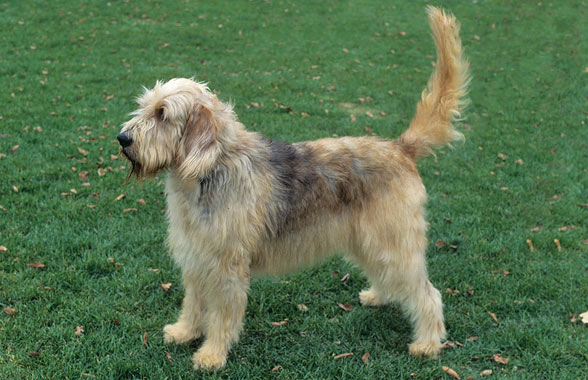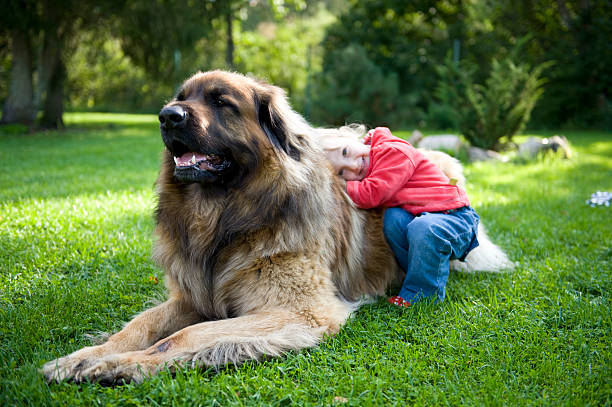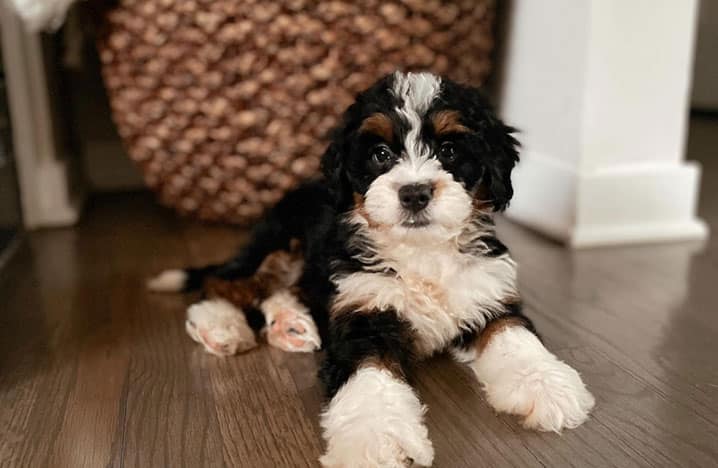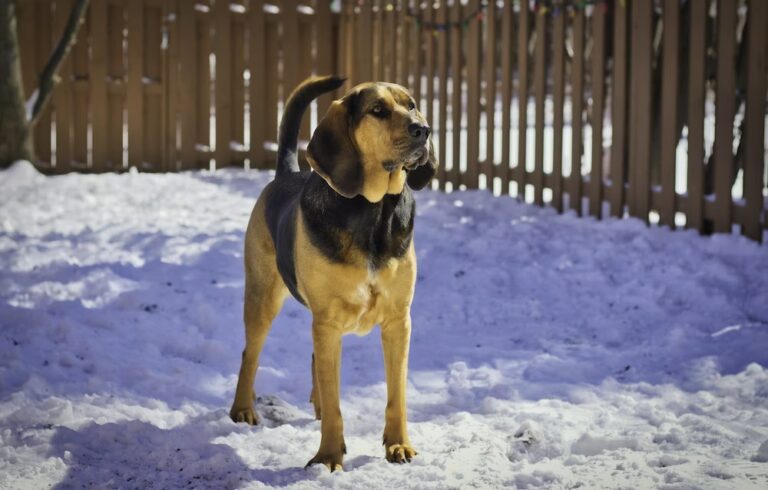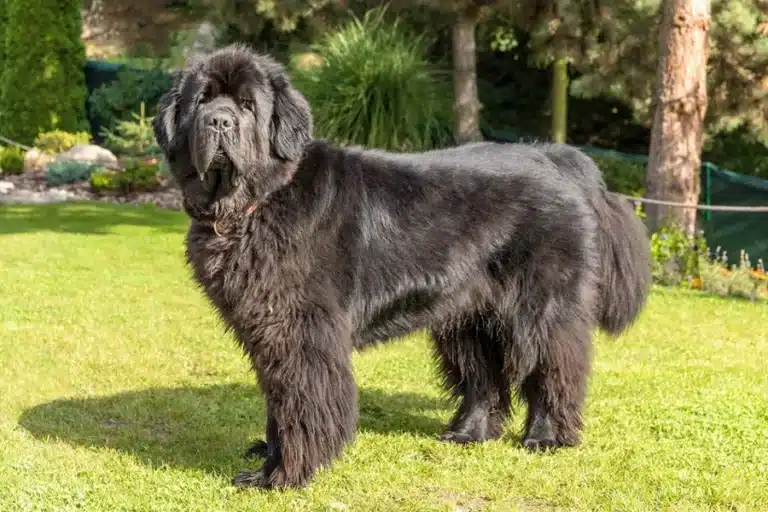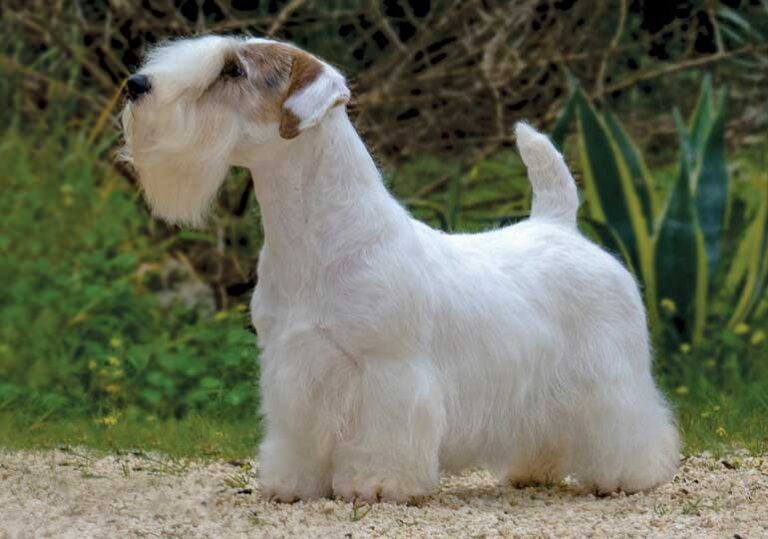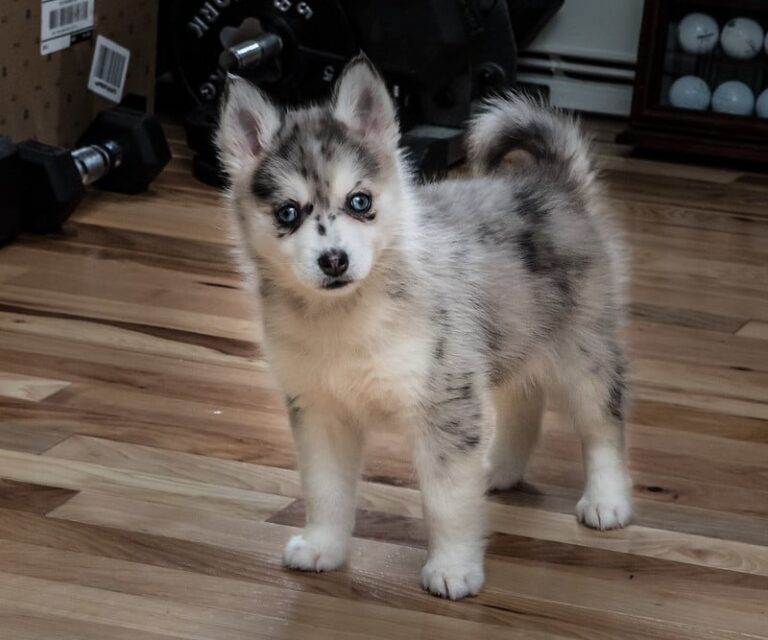Otterhounds are rare and tenacious hunting dogs are a breed like no other. With their distinctive appearance, impressive tracking skills, and unwavering determination, Otterhounds have earned a well-deserved reputation as exceptional companions for avid hunters. In this article, we will explore the unique characteristics and fascinating history of Otterhounds, shedding light on why they are highly sought after in the hunting community. Whether you are a seasoned hunter or simply intrigued by these remarkable canines, read on to discover everything you need to know about Otterhounds.
History of Otterhounds
Origins of Otterhounds
Otterhounds have a rich history that dates back several centuries. The breed originated in England and was specifically developed for otter hunting. These dogs were highly valued for their exceptional scenting abilities and tenacious nature.
Otterhounds in England
In England, otter hunting was a popular sport during the medieval times. Otters were considered a nuisance as they would often prey on fish in rivers and lakes. This led to the development of the Otterhound breed, which was specifically bred to track and capture otters.
The Otterhounds in England were highly regarded for their unique physical attributes and hunting skills. They possess a dense, waterproof coat that protects them while swimming in cold water. Their webbed feet enable them to navigate through marshy terrains effortlessly. Additionally, Otterhounds have an acute sense of smell, allowing them to track otters even in challenging conditions.
Otterhounds in the United States
The Otterhound breed was introduced to the United States in the early 20th century. However, their numbers remained relatively low, making them a rare sight in the country. Despite their rarity, Otterhounds gained recognition for their exceptional hunting abilities and friendly temperament.
In recent years, efforts have been made to increase the population of Otterhounds in the United States. Breeders and enthusiasts have worked together to promote the breed and preserve its unique characteristics. Today, Otterhounds can be found participating in various dog shows and competitions, showcasing their hunting skills and friendly nature.
In conclusion, Otterhounds have a fascinating history that spans centuries. Their origins in England as otter hunting dogs and their subsequent introduction to the United States have contributed to their unique status as tenacious and rare hunting dogs.
Physical Characteristics
Size and Build
Otterhounds are large and sturdy dogs with a strong and muscular build. They are considered to be one of the largest scent hound breeds. Adult males usually stand at around 24 to 26 inches at the shoulder, while females are slightly smaller, measuring between 22 to 24 inches. Their height is proportionate to their length, giving them a well-balanced and solid appearance.
Coat and Color
One of the most distinguishing features of Otterhounds is their unique and dense double coat. Their outer coat is rough and water-resistant, providing excellent protection during their hunting expeditions. The undercoat is soft and insulating, keeping them warm in colder climates. This combination of coats allows them to thrive in various weather conditions.
When it comes to colors, Otterhounds can be seen in a range of shades. The most common colors include grizzle, which is a mix of gray and white, and tan markings. Other possible colors are black, liver, and yellow. The combination of these colors, along with their shaggy appearance, gives them an adorable and distinct look.
Distinctive Features
Otterhounds have several distinctive features that set them apart from other dog breeds. One of their most recognizable features is their long and pendulous ears. These ears not only enhance their sense of hearing but also add to their overall charm. Their eyes are large and expressive, conveying their friendly and gentle nature.
Another notable characteristic of Otterhounds is their webbed feet. This unique trait enables them to be excellent swimmers, making them exceptional at their historical role as otter hunters. Their webbed feet, coupled with a powerful tail, allows them to maneuver effortlessly in water, making them a formidable hunting companion.
In conclusion, Otterhounds possess physical characteristics that make them stand out among other dog breeds. Their size, build, coat, colors, and distinctive features all contribute to their charm and suitability for their hunting origins. Whether on land or in water, these rare and tenacious hunting dogs showcase their impressive physical attributes.
Temperament and Behavior
Friendly and Sociable
Otterhounds are known for their friendly and sociable nature. They have a natural affinity for people and enjoy being around them. Whether it’s their family members or strangers, these dogs are typically very warm and welcoming. Their friendly demeanor makes them great family pets and they are often good with children. Otterhounds thrive on human companionship and are always eager to please their owners.
Independent Thinkers
Despite being friendly and sociable, Otterhounds are also independent thinkers. They are known to have a mind of their own and can be quite stubborn at times. This independence can make training a bit challenging, but with patience and positive reinforcement techniques, they can be successfully trained. Otterhounds require consistent and firm training methods to establish boundaries and ensure they understand their roles within the family.
Hunting Instincts
As the name suggests, Otterhounds have a strong hunting instinct. They were originally bred for otter hunting, which required them to be tenacious and determined. This hunting instinct is still present in their behavior today. Otterhounds have an excellent sense of smell and are highly skilled trackers. Their strong prey drive can make them prone to chasing small animals, so it’s important to keep them on a leash or in a secure, fenced area when outdoors. Engaging them in activities that stimulate their hunting instincts, such as scent games or puzzle toys, can help satisfy their natural instincts in a safe and controlled manner.
Overall, the temperament and behavior of Otterhounds make them unique and fascinating hunting dogs. Their friendly and sociable nature, coupled with their independent thinking and hunting instincts, contribute to their tenacity and rare qualities as a breed.
Training and Exercise
Training Challenges
Training Otterhounds can present some challenges due to their independent nature and stubborn streak. These intelligent dogs have a mind of their own and may require a patient and consistent approach.
One common challenge is their tendency to get easily distracted, especially when they catch an interesting scent. This can make it difficult to keep their attention during training sessions. It’s important to find effective methods to capture their focus and keep them motivated.
Another challenge is their stubbornness. Otterhounds may test boundaries and resist commands, particularly if they perceive them as unnecessary or uninteresting. This requires a firm but gentle training style that emphasizes positive reinforcement and rewards.
Exercise Needs
Otterhounds are active and energetic dogs that require regular exercise to keep them happy and healthy. Their hunting background makes them naturally inclined to have high stamina and endurance.
A daily exercise routine is essential for Otterhounds to prevent boredom and destructive behavior. They enjoy a variety of activities such as long walks, jogging, swimming, and playing fetch. Engaging them in mentally stimulating exercises can also help keep their minds sharp.
It’s important to note that Otterhounds are not suited for apartment living or a sedentary lifestyle. They thrive in homes with access to a secure, fenced yard where they can safely explore and expend their energy.
Mental Stimulation
In addition to physical exercise, Otterhounds also benefit from mental stimulation. These intelligent dogs love to be challenged and enjoy problem-solving tasks.
Providing them with interactive toys, puzzle games, and obedience training that incorporates commands and tricks can help keep their minds stimulated. Engaging in scent-based activities, such as scent tracking or hide-and-seek games, can tap into their natural hunting instincts and provide mental enrichment.
Regular training sessions that focus on obedience and agility can also provide mental stimulation while reinforcing their training commands. This helps keep their minds sharp and prevents boredom, which can lead to destructive behaviors.
Remember, a well-exercised and mentally stimulated Otterhound is a happy and well-behaved companion.
Health and Care
Common Health Issues
Otterhounds are generally healthy dogs, but like any other breed, they can be prone to certain health issues. It is important for owners to be aware of these conditions and take necessary measures to prevent or manage them effectively. Some common health issues that otterhounds may experience include:
- Hip Dysplasia: This is a genetic condition where the hip joint doesn’t develop properly. It can lead to pain, lameness, and arthritis. Regular exercise, maintaining a healthy weight, and avoiding activities that put excessive strain on the hips can help minimize the risk.
- Bloat: Also known as gastric torsion, bloat is a serious condition where the stomach twists, causing a build-up of gas and potentially cutting off blood supply. It is essential to feed otterhounds smaller meals throughout the day, avoid vigorous exercise immediately after eating, and consider elevated feeding bowls to reduce the risk of bloat.
- Ear Infections: Due to their long, floppy ears, otterhounds are prone to ear infections. Regular ear cleaning and inspection can help prevent infections. Avoid using cotton swabs and consult a veterinarian for guidance on appropriate ear cleaning products.
- Obesity: Otterhounds have a tendency to gain weight, which can lead to various health issues. A balanced diet, portion control, and regular exercise are crucial to maintaining a healthy weight. Avoid overfeeding and provide plenty of opportunities for physical activity.
Grooming Requirements
Otterhounds have a unique double coat that requires regular grooming to keep it in good condition. Here are some grooming tips for otterhounds:
- Brushing: Due to their thick and dense coat, otterhounds should be brushed at least once a week to remove loose hair and prevent matting. Use a slicker brush or a comb with wide teeth to thoroughly brush their coat.
- Bathing: Otterhounds generally do not require frequent bathing unless they get dirty or develop a strong odor. Use a dog-specific shampoo and conditioner to maintain the natural oils in their skin and coat. Ensure thorough rinsing to prevent any residue.
- Ear Care: As mentioned earlier, otterhounds are prone to ear infections. Regularly check and clean their ears using a veterinarian-recommended ear cleaning solution. Avoid using cotton swabs, as they can push debris further into the ear canal.
- Nail Trimming: Trim your otterhound’s nails regularly to prevent them from becoming too long or causing discomfort. If you are not comfortable doing it yourself, consider seeking professional help to avoid injury.
Nutritional Needs
Providing a well-balanced and nutritious diet is essential for the overall health and wellbeing of otterhounds. Consider the following recommendations when it comes to their nutritional needs:
- High-Quality Dog Food: Opt for a high-quality dog food that is specifically formulated for large breeds or active dogs. Look for a brand that lists real meat as the first ingredient and avoids artificial additives or fillers.
- Portion Control: Otterhounds have a tendency to overeat, leading to weight gain. Follow the feeding guidelines provided by the dog food manufacturer and monitor their weight regularly. Adjust the portion sizes as necessary to maintain a healthy weight.
- Avoid Table Scraps: Avoid feeding otterhounds table scraps or human food, as it can lead to digestive issues and obesity. Stick to a consistent and balanced diet designed for their specific nutritional needs.
- Fresh Water: Always provide your otterhound with access to fresh and clean water. Hydration is important for their overall health and helps maintain proper organ function.
Remember, consulting with a veterinarian is crucial for determining the specific dietary needs of your otterhound and addressing any health concerns effectively.
The Otterhound, a rare and tenacious hunting dog, possesses a unique set of characteristics that make it a remarkable breed. With its strong sense of smell, webbed feet, and waterproof double coat, the Otterhound is perfectly suited for its historical role as an otter hunter. Although the breed’s numbers have dwindled over the years, efforts are being made to preserve and protect these incredible dogs. Whether as a working dog or a beloved family pet, the Otterhound continues to captivate with its charming appearance and unwavering determination. As we appreciate the rich history and capabilities of the Otterhound, it is clear that this remarkable breed deserves recognition and admiration for its rare and tenacious nature.

